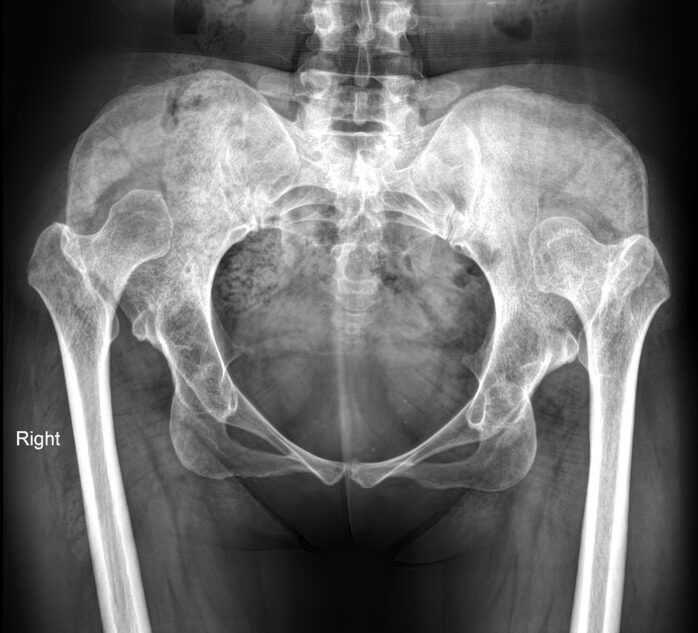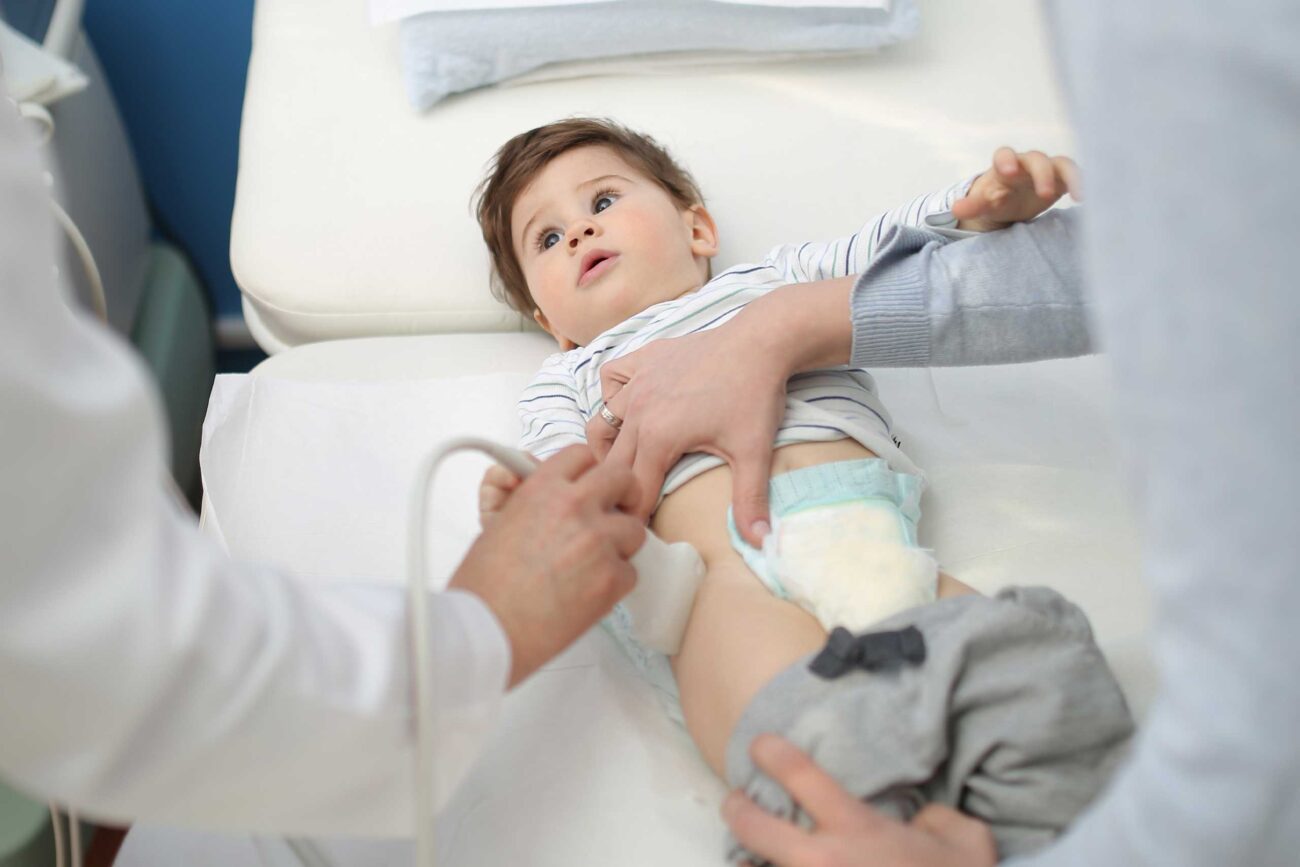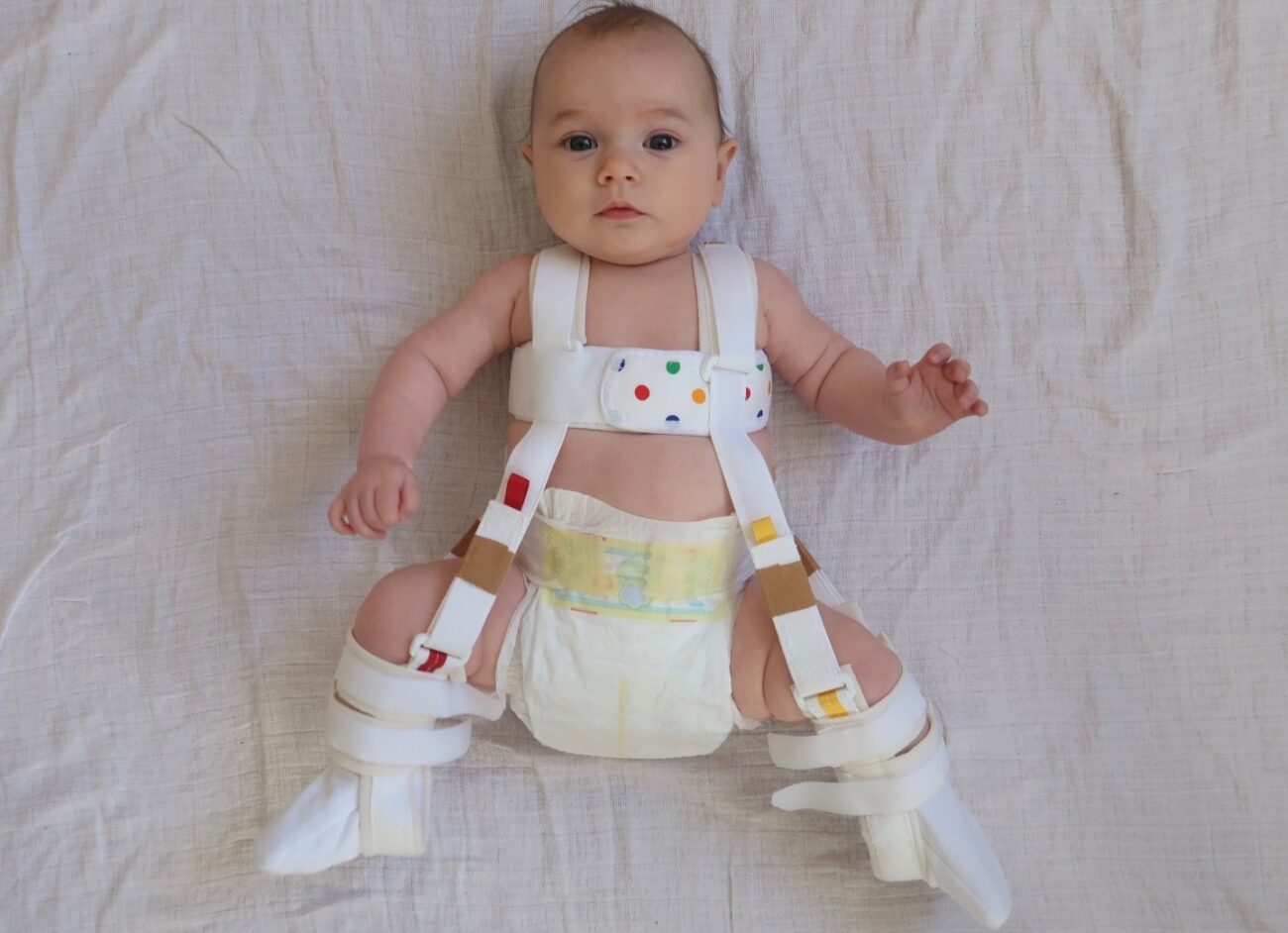
Becoming a parent is the most illuminating thing that can happen to a person. When we say this, we mean it literally. Those who have experienced it will tell you that this is the moment when the way you think changes drastically. You were responsible only for yourself, but there is now a child you need to commit to.
Not to mention that child cannot do anything without you. So, this is a job that requires you to be on the highest possible focus during the whole day. The problems arise when your newly-born baby experiences some health problems. In most cases, they can be cured easily, but sometimes, it’s not possible to do it fast.
We want to talk about hip dysplasia. We’re talking about a pretty big problem. There are many misconceptions about this condition. Therefore, finding the best solution is not always easy. If you need someone who can help you with advice on hip dysplasia, visit this site.
Now, let’s take a look at all the most important things to know about hip dysplasia.

The Basics
The easiest way to describe hip dysplasia is to say that it is the irregularity of the hip joint. Those who suffer from this condition have a problem with a thigh bone, which doesn’t fit with the pelvis in the way it should. It causes a plethora of problematic side-effects that can become even more severe.
For instance, this is a condition that can damage the tissue between bones, and can damage the cartilage. Not to mention that one of the most obvious side effects is the pain while walking. However, the most constant one is discomfort that is felt constantly and cannot be avoided at all.
When it comes to how common it is, some studies show that one in thousand babies are born with this problem. For some reason, it looks like babies whose mothers are too young or are giving birth for the first time experience this problem much more than other categories.
At the same time, these studies show that it mostly occurs on the left side of the hip. It needs to be said that this is quite a big problem if not taken care of while the baby is still young. Therefore, time is of the essence. Parents must seek the potential treatment immediately after they find out about it.

How to Treat It Properly?
The first good news about this condition is that it is not as common as people may think. The next good news is that it can be treated quite efficiently. At the same time, all the treatments out there will not cause any problems for the babies. Meaning, the baby will not feel any discomfort during treatment.
One of the first steps this can be corrected is by diagnosing the condition at birth. It is important since discovering it as soon as possible is an absolute must. For instance, the doctor can correct this irregularity by using a device known as the Pavlik harness, which helps with the positioning.
It is a soft brace that offers complete control of the hips by putting them inside a certain position and keeping them stable for a certain amount of time. There are many opinions on how much time Pavlik harness should be worn. But if we’re talking about an average time, we would say 2 months.
Once again, it is significant to say that this will not cause any problems for the baby itself. The only aspect parents will need to pay attention to is how to change diapers properly. Thankfully, the pediatrician will show you the appropriate way to do it without causing any problems in the process.

Is it Possible to Prevent It?
Sadly, it is not always possible to prevent hip dysplasia. It all depends on the severity of the case. Naturally, the most severe cases can cause long-lasting problems for the individual. Meaning, this can influence the way of life that a particular person will have. Experiencing this is not comfortable.
In cases where this sort of problem is prevented, there are a couple of requirements that need to be met. We believe that most cases of hip dysplasia occur because people don’t have enough information about how to prevent it from happening.
Non-Surgical Options
We’ve mentioned the most obvious prevention, the Pavlik harness. Now, we want to discuss others in case this one hasn’t proven as effective.
• Von Rosen Splint

The first one we want to talk about is the Von Rosen split. We’re talking about treatment that is made of a bendable and firm material that offers the possibility of a couple of customized placements around the child’s thighs and shoulders.
Since this is a much more complex method than Von Rosen, the child will need to wear it for at least 6 months. In some cases, this treatment period will need to last even more than that. Naturally, the check-ups will need to be quite regular, and they should be performed at least once in two weeks.
• Spica Cast

If neither of those preventions has proved effective, then the option would be to opt for a spica cast. Spica cast is a device that’s made of much harder materials like fiberglass, which covers the baby’s body almost completely. We’re talking about a device that will need to be worn for up to 3 months. Also, regular checkups are an absolute must.
Surgical Options
If none of the non-surgical options didn’t prove as effective, then surgical options become a necessity. The procedure is done under a general anesthetic, and there are two main ways it can be done. The first one is open reduction, which includes cuts being made in the groin, and the surgeon positions them into the socket. A closed reduction is practically the same, but without making large cuts.

The Bottom Line
As you can see, it is possible to prevent hip dysplasia through a couple of methods. In this article of ours, you can see all about this condition, and how it is possible to prevent it. We’re sure you will find this insight helpful.











